Could Markita Landry’s research group be any more interdisciplinary?
Markita Landry is the first to admit that the two applications her research addresses – imaging brain chemistry and delivering genetic material into plants – are rather divergent.
In fact, she never intended to work with plants at all. ‘When I started the lab in 2016, it took almost a year and a half to be able to do animal work, so we practised on plant tissue,’ she says. But in the process of working with plant tissues, her team made significant discoveries about how they internalise nanoparticles. ‘It was all very accidental. Basically, it was just meant to be for testing, then it became a whole thesis project and now it’s a whole part of the lab.’
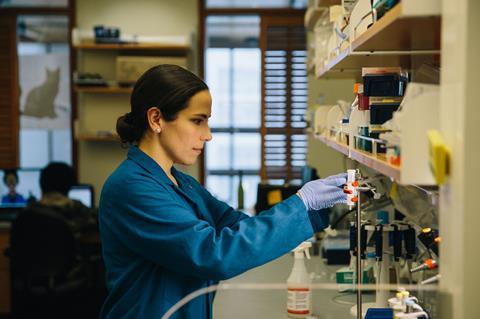
Today, the broad aim of the team’s plant work is to develop carrier molecules for delivering DNA, RNA and protein into plant cells. Whereas nanomaterial-mediated biomolecule delivery into bacterial and mammalian cells is a relatively established field – and includes techniques such as electroporation, chemical transfection and heat shocking – similar standards have yet to be established for plants.
In 2023, Landry’s team developed a fluorescence complementation assay that unambiguously confirms the delivery of peptides and proteins into intact leaves at concentrations as low as 10µM.1 Such an assay is useful because – unlike with DNA and RNA, which might code for a protein you can detect – it’s very hard to validate successful intracellular protein delivery, ‘especially because plant cells’ big central vacuole makes it basically impossible to distinguish what’s inside versus outside the cell’. Landry explains that the work is relevant for the transient delivery of proteins into plants: ‘Industrially, it’s often preferred to deliver proteins or RNA, but not DNA, so we can avoid the regulatory pipeline for genetically modified organisms.’
Visualising brain chemistry
Landry’s team is also known for creating chemical probes for neurotransmitter and neuromodulator molecules, to allow them to study the brain in both health and disease. Last year, the team reported how they had developed a probe that can distinguish oxytocin from its sister hormone, vasopressin.2 The probe is made from a semiconducting single-walled carbon nanotube and will light up under a laser if it encounters oxytocin, making it possible to visualise oxytocin within brain samples at the level of individual synapses.
Some of the team’s brain chemistry work is relevant to autism spectrum disorder and here they’ve discovered differences in how the brain communicates happen on the synaptic level. ‘If you were averaging over a signal, you actually don’t see the differences that emerge between, for example, an oxytocin normal animal and an oxytocin receptor null mutant that would represent social aversion behaviour. It’s therefore really important for us to have that high spatiotemporal resolution.’
It’s really exciting to be part of a group where you are talking all of these different scientific languages
Sitting in the overlap in the Venn diagram of Landry’s work is colloid science. ‘In both cases, our ability to develop these tools in the first place depends, for example, on how ligands interact with each other in solution.’ Indeed, research into such fundamental science forms the basis of a lot of the theses in Landry’s group where students don’t work with mice brains or with plants.
Given the breadth of Landry’s work, it’s unsurprising that her group combines people from a diverse range of scientific backgrounds: ‘I have students coming from biophysics, bioengineering, neuroscience, plant microbial biology, chemical biology, chemistry, and then postdocs also coming from plant biology, neuroscience, neurobiology and molecular and cellular biology.’
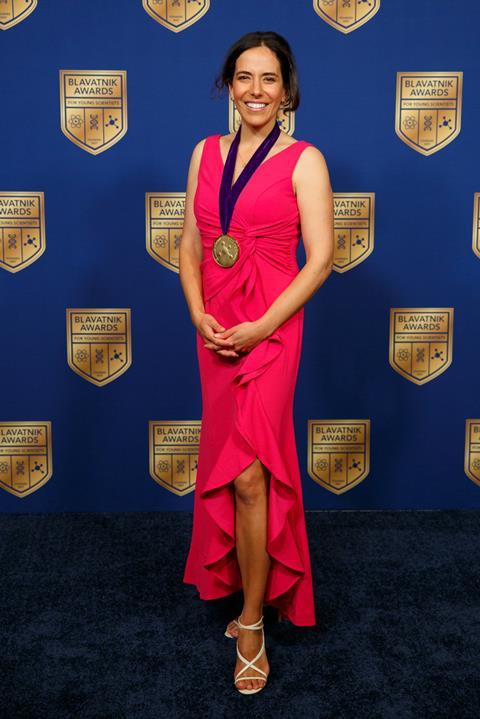
‘It’s really exciting to be part of a group where you are talking all of these different scientific languages. And it’s surprising how often something will come when we’re developing a neurochemical probe that actually informs how we develop plant delivery tools and vice versa.’
It might be hard to believe, but before Landry started her own lab, she had never worked with anything biological. She did a PhD in chemical physics and her postdoctoral training was in spectroscopy. Today, however, she’d describe herself as a bionanotechnologist.
‘I find it really satisfying that we’re providing answers that have relevance to human health. I think almost everybody I know has been, either directly or indirectly, touched by issues surrounding mental health, mental wellbeing. Our work is providing information on the chemical basis for that in the brain. I hope that one day we are able to move into human tissues with our probes, so that we can more directly relate these chemical imbalances to what’s going on in ourselves … Our plant work is obviously very different, but is also a very worthwhile effort because it could help sustain the nutrient and food supply that is needed globally.’
Landry’s work pioneering nanoscale chemical tools to address disparate challenges in human health and sustainability saw her named the chemical science laureate at the 2024 Blavatnik National Awards for Young Scientists in the US, for which she received an unrestricted prize of $250,000 (£200,000). She is considering investing some of the money in pursuing a risky strand of research that would otherwise be very difficult to fund.
References
1 J Wang et al, Commun. Biol., 2023, 6, DOI: 10.1038/s42003-023-05191-5
2 J Mun et al, PNAS, 2024, 121, e2314795121, DOI: 10.1073/pnas.2314795121




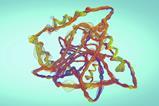
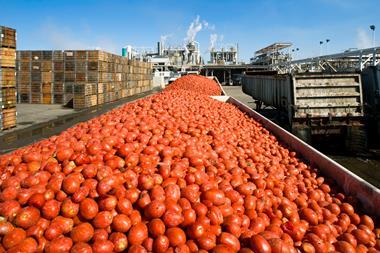
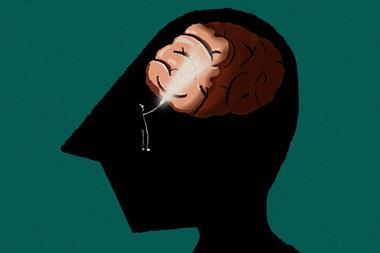
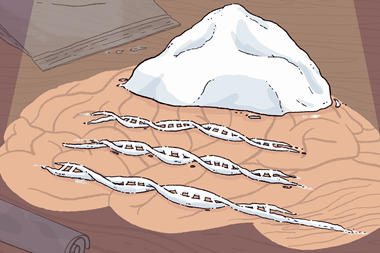
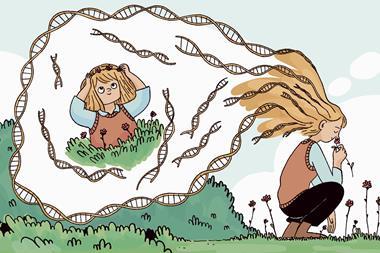

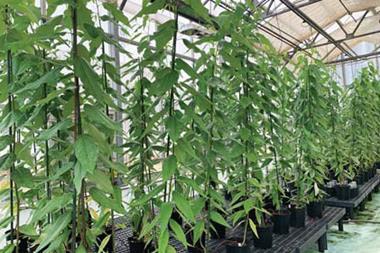



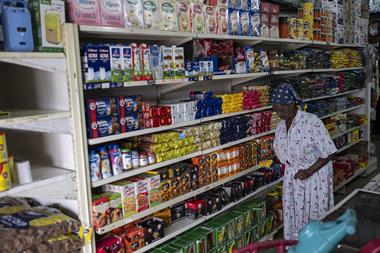
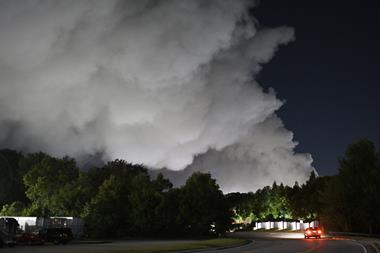
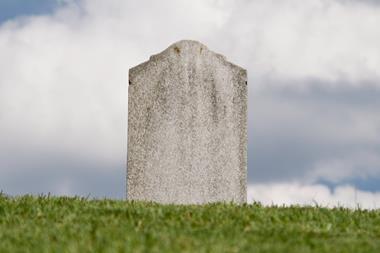
1 Reader's comment